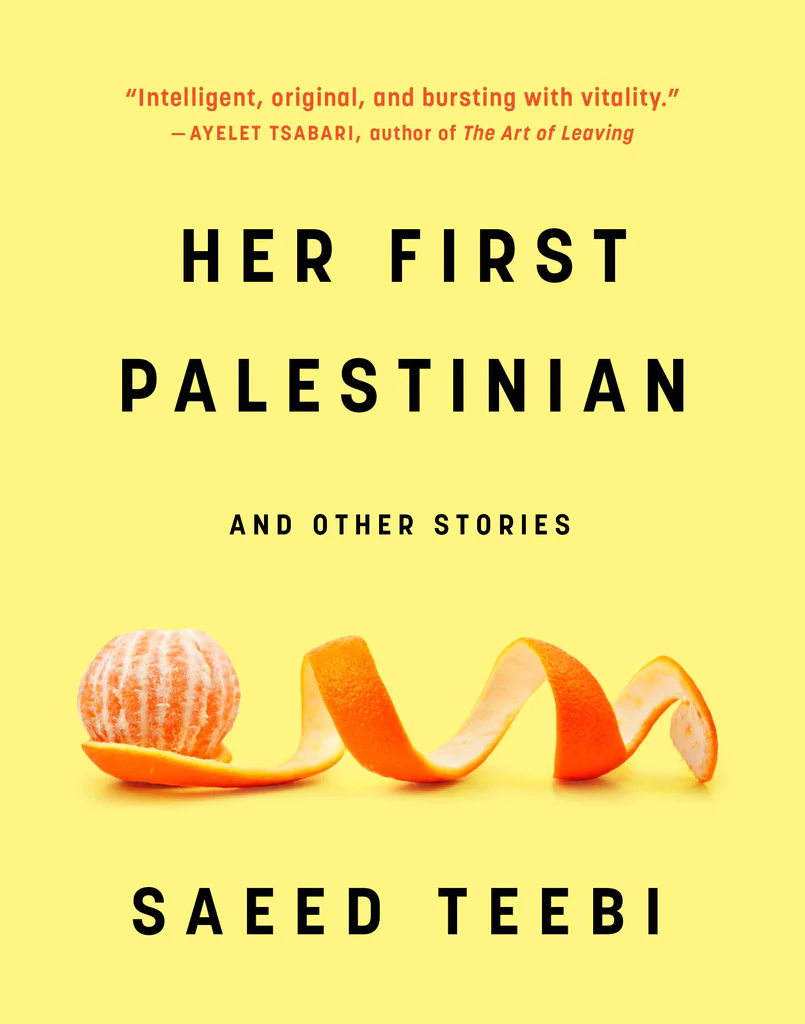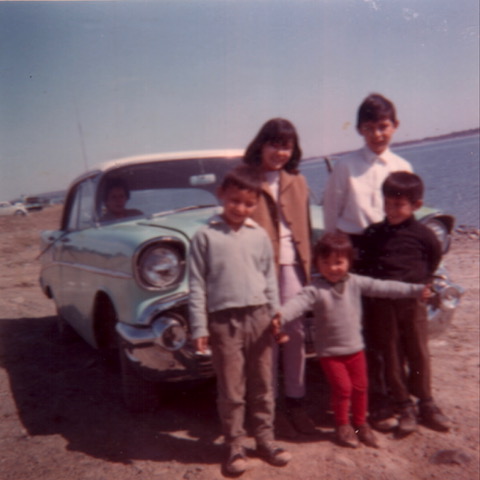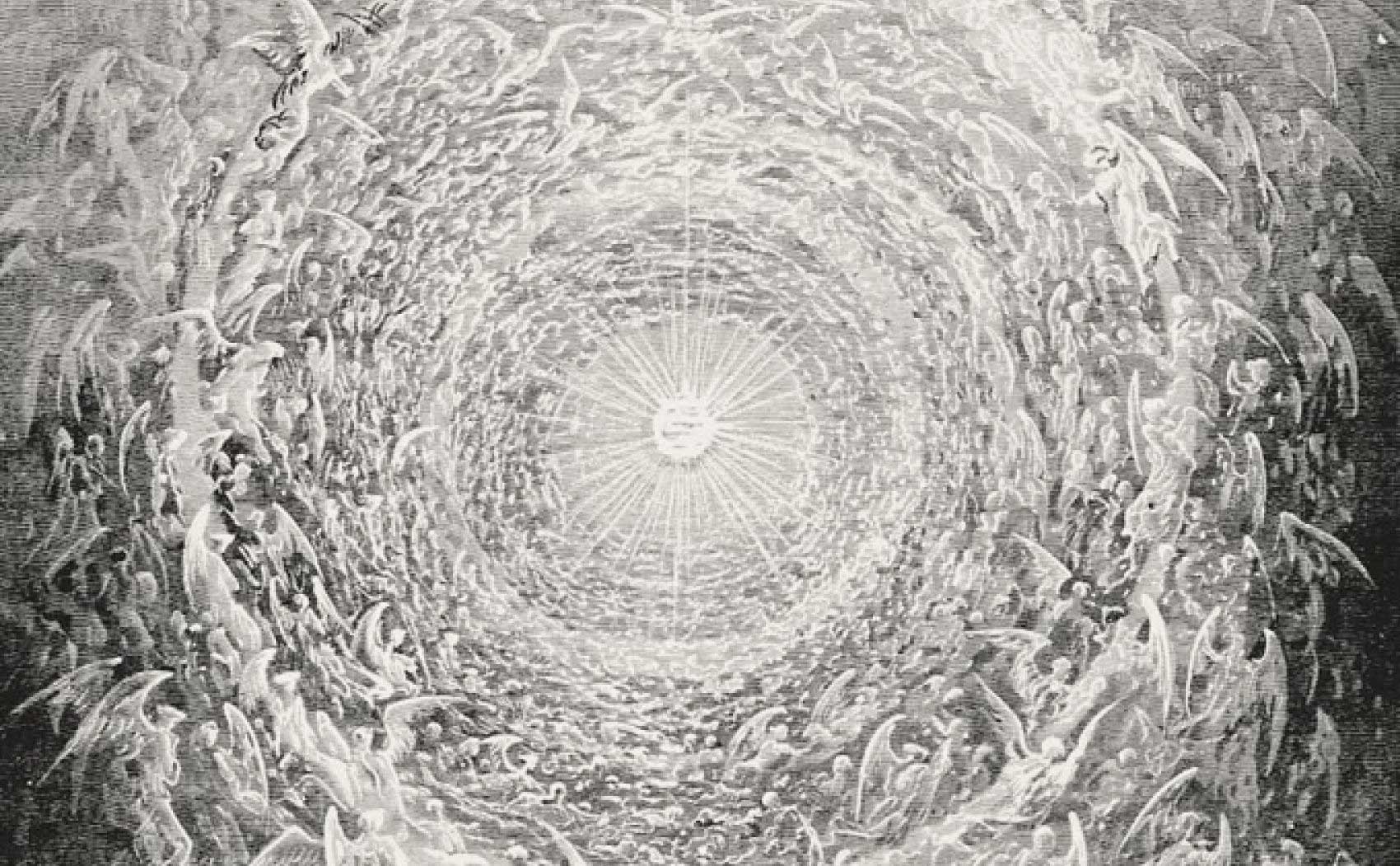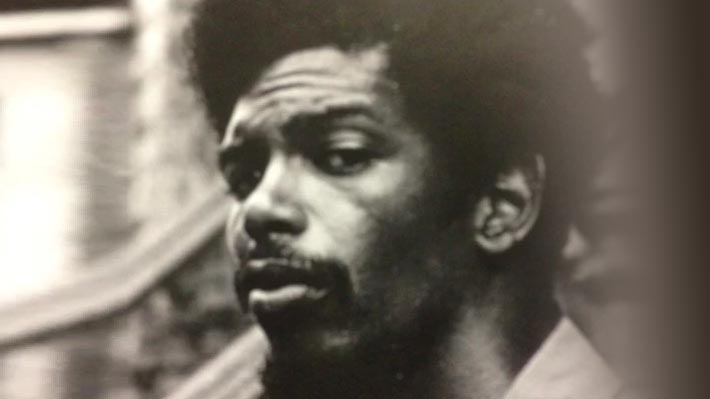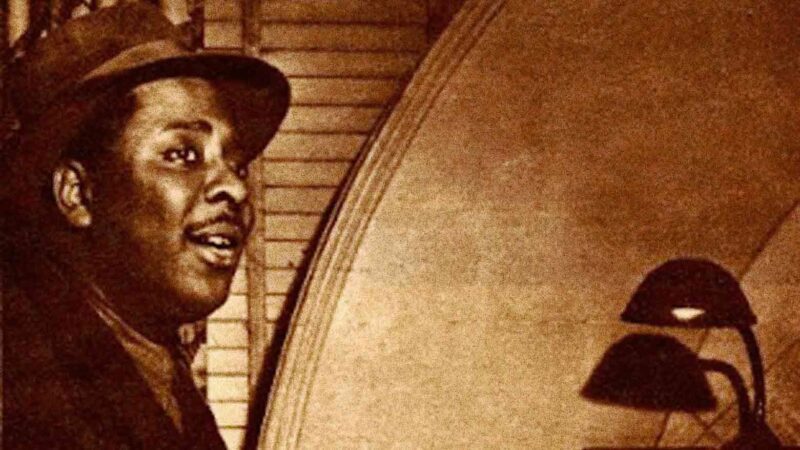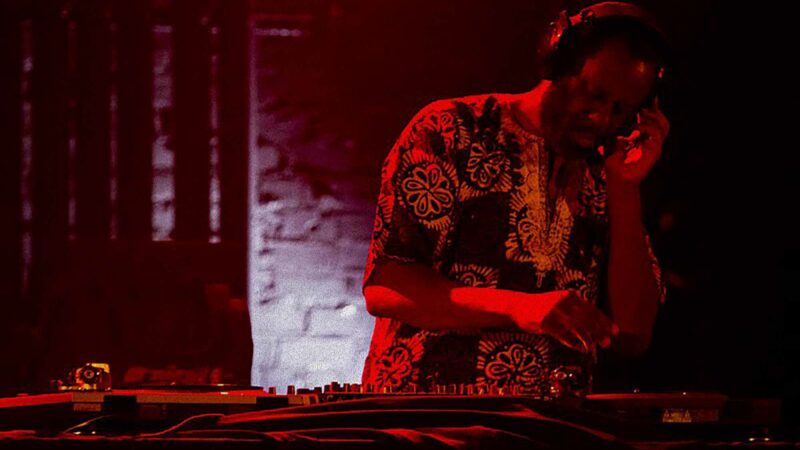
In the context of the present aggressive globalization, this affirmation – the heart has its reasons – is fundamental. It is not new. Already in the seventeenth century, the mathematician, philosopher, theologian and physician, Blaise Pascal, had written “The heart has its reasons that reason does not know.” His saying suggests that the issue is not easy. It is an aspect of the infinite diversity that we cannot observe in the world but experience in our lives. For instance, an indigenous person of South Africa once told a person from Europe: you people have a world-view, whereas we have a world-feel.
As we begin our reflection, I feel it necessary to affirm that, as far as I am concerned, defining diversity in the world does in no way implicitly proclaim that one of two different realities is better than the other. In fact, the different elements we identify are all necessary for the world to be complete, and more specifically, for a human to be fully human. For instance, to wholly perceive the world, we need both “world-feel” and “world-view”, both heart and reason. It may be that an individual person has not fully developed these two elements. But that person lives in a community of persons who have each developed different reason and heart. And that is normal. Thus, the larger the number of people involved, the richer their total perception of the world. Some individuals may have developed a richer perception. And that itself is one more element of the human, of the world: diversity. Each one gains by being open to one’s environment.
It may be helpful at this point to look at a forest. You see an infinite number of trees. Yet you cannot find any one tree that can be seen as a duplicate. They are all different from one another. At the same time, no one tree is entirely individual. Every tree is part of an immense group of trees with common characteristics that make them different from other groups. But in each group of trees sharing the same characteristics, you cannot find one tree that is exactly the same as another, even in its own group. For instance, suppose you are in the midst of maple trees. You can easily identify all the maple trees around you because they all have some of the same features, but even then you cannot find two that are exactly alike. And the dissimilarity among these trees is not a shortcoming. On the contrary, it is a source of richness and strength for all the trees, and thereby for the world.
What I say here of the trees applies fully to human groups. But there is an important difference: humans are aware of their cultural identity. And the more deeply they are rooted in their identity, the more they can absorb elements that are somewhat different, which can enrich them culturally.
I hope it proves beneficial to reproduce here a passage of my book Humanity Under the New Empires, published in 2010 by SAMPARK, Kolkata. That passage (pages 33-34) is part of a detailed definition (or rather description) of what a human is. The passage is entitled A human is endowed with both reason and heart.
Perhaps a key to understanding the communication problems we are facing is the realization that over the last centuries and for various reasons, overemphasis was placed on reason, on the mind, as opposed to the heart. Yet for human relationships, that is, for communication, the heart is required no less than reason. As Blaise Pascal (l623-1662) put it at a time when the heaviest premium was given to reason, “The heart has its reasons that reason does not know.” He went as far as to assert that faith in God is the response of the heart to God, not of reason. “This, then, is perfect faith: God felt by the heart, not by reason.”
Here I insert a commentary that was not included in my text of 2010. We have a very good example of one who is unable to believe in God through reason, but is able instantaneously to believe in Him through the heart. The example is that of Mary of Magdala after the Resurrection of Jesus. She goes to the tomb and is very sad to realize that Jesus is not there. She concludes that His body has been removed. As she is weeping in deep pain, Jesus comes to her but she does not recognize Him and thinks He is the gardener. Jesus speaks to her and at one point calls her by her name, Maria. She then recognizes Him and replies “Rabbuni” (Master). We witness in this event that Mary of Magdala did not believe in the Jesus she saw, but immediately believed in Him when she heard Him calling her by her name. In her case, the mind worked through the eyes, whereas the heart worked through the ears. It is illuminating to bear in mind that Jesus Himself had said that His sheep know His voice and He calls them by their names.
In fact, most of the people who knew Jesus very well before His death did not recognize Him immediately when He showed Himself to them. For instance (Luke 24: 13-35), the disciples of Emmaüs did not recognize Him at first when He joined them walking on the road. They recognized Him when at table He blessed the bread, broke it and gave it to them. As St. Luke wrote: “Their eyes opened.” And “Then they said to each other, ‘Did not our hearts burn within us as he talked to us on the road and explained the scriptures to us?’” Their hearts warmed before their eyes opened. Now back to the passage from my book:
The distinction heart/reason corresponds to the present day analog/digital dichotomy. Because of the extraordinary achievements of humans using digital technologies, there is a tendency to believe (for it is a belief) that anything digital is superior to anything analog. But that belief is deeply flawed. It is as if you decided that one side of your brain is more useful (and much more!) than the other. A human cannot function solely in the digital mode. It is striking that the same Pascal who spoke so highly of the heart was first a mathematician. Then he became a theologian. I do not want to make it look like mathematics is purely rational. The best mathematicians often are poets. And, we are told, the formulation of the best scientific theories is “beautiful,” whatever is meant by those who use the term “beautiful” in this context.
In certain situations, when some specific problems arise, it may be that reason appears to be triggered first, if not solely. But a human is not just reason or not just heart. He/she is both, and jointly. If I put myself in a creative mood – the mood of the heart – that does not mean my reason is silenced. It is there at work, but the heart, with its own characteristics, is at the forefront when I am in a creative mode. Similarly, if one side of the brain is more activated, that does not mean the other side is inactive. […] Furthermore, not only is the human spirit constituted by reason, heart, will and feelings… the human operates at different levels of consciousness. According to W.W. Sawyer, mathematics is the study of all sorts of patterns. He gives the interesting example of a child who was fascinated by the word September. While part of him (presumably left side brain) recognized the meaning of the word, simultaneously another part (presumably right side brain) sensed the pattern of consonant/vowel/consonant: sEptEmbEr, or more abstractly [.*.. *.. *.]. Of course, most people would be primarily concerned with the meaning of the word.
In concluding this brief essay, I cannot help but recall what Vandana Shiva said about today’s world, in an article from 2003. I quote:
We are witnessing the worst expression
of organized violence of humanity against humanity
because we are witnessing the wiping out
of philosophies of inclusion, compassion and solidarity.
This is the highest cost of globalization.
It is destroying our very capacity to be human.
Rediscovering our humanity is the highest imperative
to resist and reverse this inhuman project.
The debate on globalization
is not about the market or the economy.
It is about remembering our common humanity and the
danger of forgetting
the meaning of being human.


